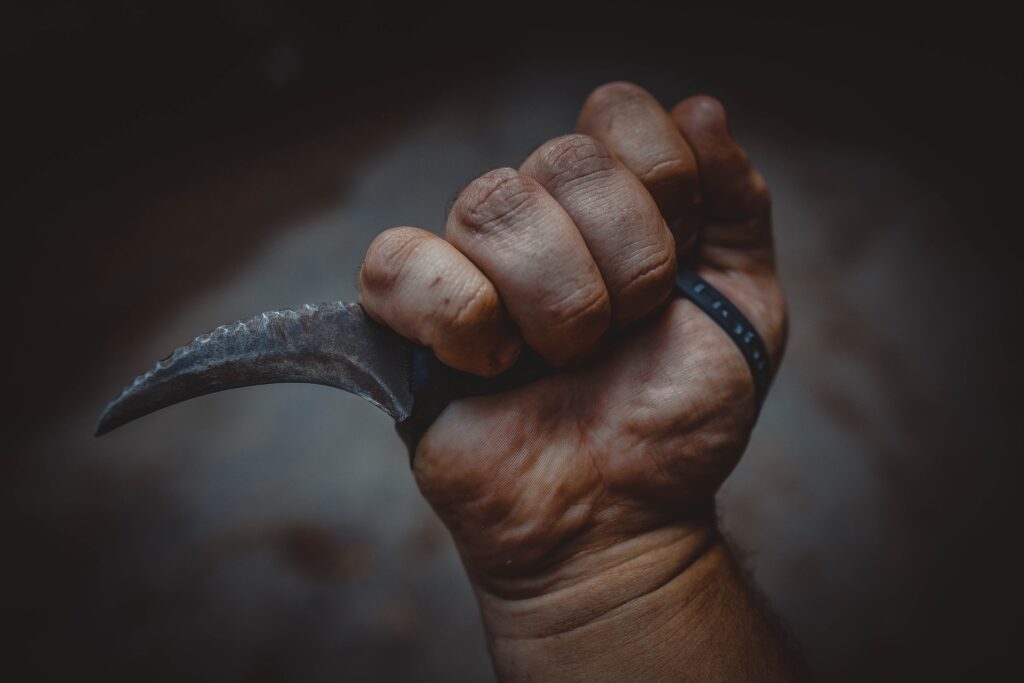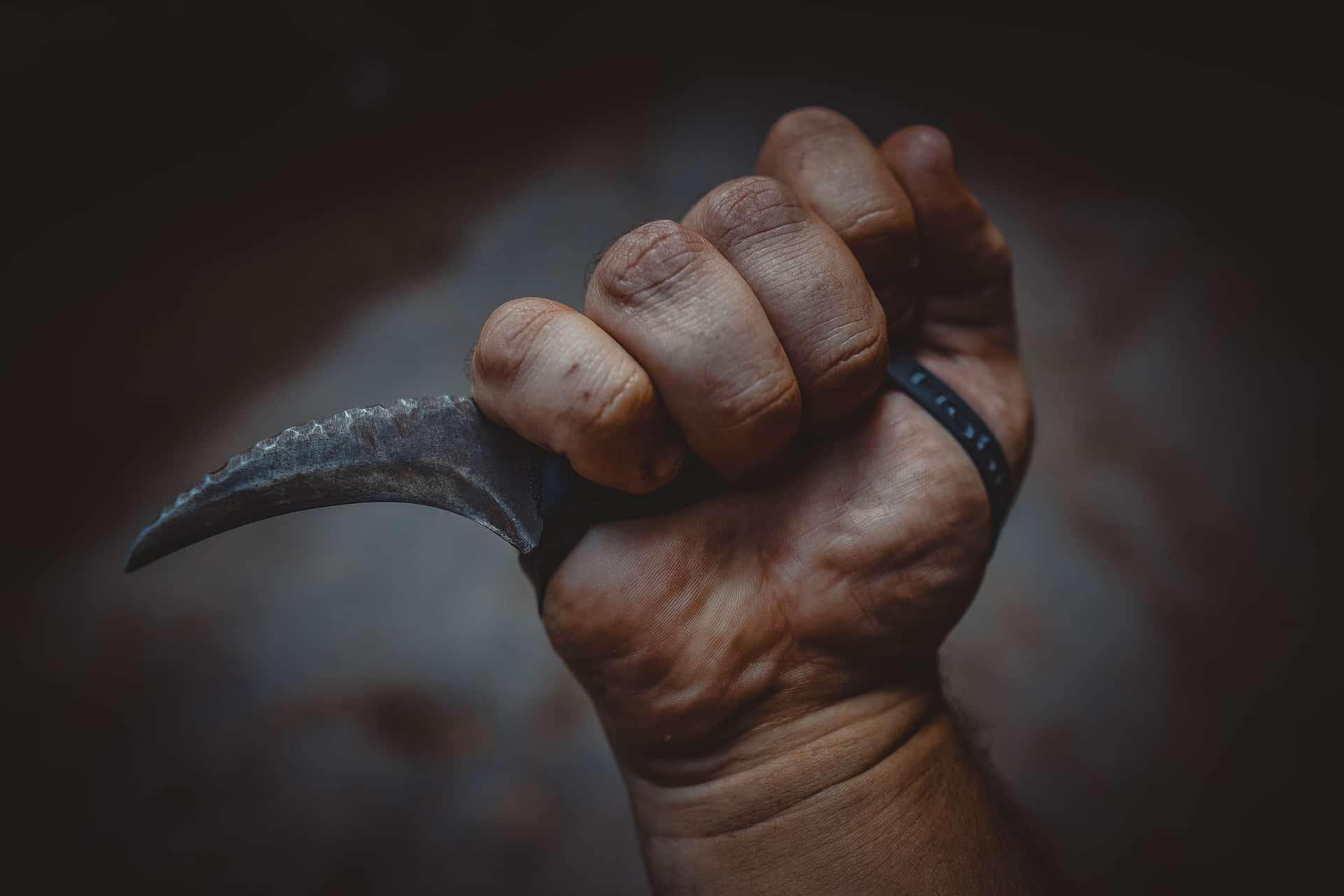Carrying a knife is a practical and versatile tool for various situations. It can be used for a variety of tasks, such as cutting, opening packages, and self-defense. There are many different ways to carry a knife, and the best method for you will depend on your needs and preferences. in this article, we will explain Knife Carry Methods

Contents
Understanding Knife Carry Laws
Before you choose a knife carry method, it is important to understand the laws in your area. Some jurisdictions have restrictions on the type of knives that can be carried, as well as where and how they can be carried. It is your responsibility to know and obey the laws in your area.
Factors to Consider When Choosing a Knife Carry Method
There are a number of factors to consider when choosing a knife carry method. These include:
- Your personal safety: Consider the level of risk you are exposed to in your daily activities. If you live in a high-crime area or work in a dangerous environment, you may need to carry a knife for self-defense.
- The type of knife you have: Some knives are better suited for certain carry methods than others. For example, a folding knife is a good choice for pocket carry, while a fixed-blade knife is a better choice for belt carry.
- Your lifestyle: Consider your lifestyle and how you plan to use your knife. If you are an outdoor enthusiast, you may need a knife that can be used for a variety of tasks, such as cutting, carving, and fishing. If you are a professional, you may need a knife that is easy to conceal.
Basic Knife Carry Methods
There are a number of basic knife carry methods. These include:
- Pocket carry: This is the most common method of carrying a knife. It is convenient and discreet.
- Belt carry: This method is more secure than pocket carry. It is also a good option for knives that are too large to be carried in a pocket.
- Neck carry: This method is less common than pocket or belt carry. It is a good option for knives that you need to access quickly, such as a self-defense knife.
Advanced Knife Carry Methods
There are a number of advanced knife carry methods. These include:
- Ankle carry: This method is less common than pocket, belt, or neck carry. It is a good option for knives that you need to conceal.
- Shoulder holster carry: This method is more secure than pocket, belt, or neck carry. It is also a good option for knives that are too large to be carried in a pocket or on a belt.
- Boot carry: This method is less common than pocket, belt, neck, ankle, or shoulder holster carry. It is a good option for knives that you need to conceal.
Choosing the Right Knife Carry Method for You
The best knife carry method for you will depend on your needs and preferences. Consider the factors listed above when making your decision.
Training and Practice
Once you have chosen a knife carry method, it is important to practice using it. This will help you become proficient in drawing and using your knife in an emergency.
Maintenance and Safety
It is important to maintain your knife and follow safe handling practices. This will help to prevent accidents and keep your knife in good condition.
Here are some additional tips for carrying a knife safely:
- Always keep your knife in a sheath when not in use. This will help to prevent accidental cuts.
- Never point your knife at anything you do not intend to cut. This is a basic safety rule that should always be followed.
- Be aware of your surroundings when carrying a knife. Do not carry a knife in a crowded area or where there are children present.
- If you are stopped by law enforcement, do not reach for your knife. Inform the officer that you have a knife and that it is in a sheath.
By following these tips, you can help to ensure that you carry a knife safely and responsibly.
There are many different ways to carry a knife. The best method for you will depend on your needs and preferences. It is important to understand the laws in your area and to practice using your knife safely.

